
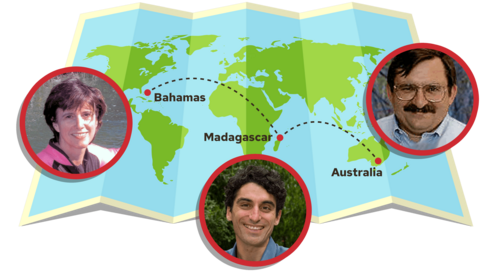
When scientists at the American Museum of Natural History study biodiversity , they travel to some amazing places!
Their fieldwork helps us understand different ecosystems and the species that inhabit them. It can show us what species are in danger and how we can protect, or conserve, them. In short, the better we understand our world, the better we can protect it.
Join scientists investigating biodiverse places around the world.


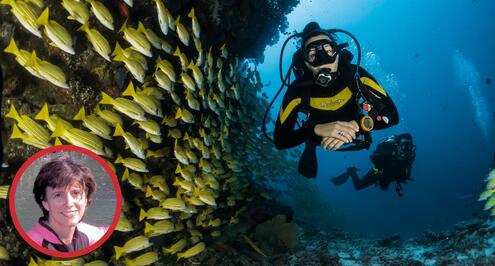
Hi, I’m Paula Mikkelsen and I study mollusks. Mollusks are a group of animals that don’t have backbones and almost all of them have protective shells. Snails, clams, oysters, squid and octopuses are all examples of mollusks.
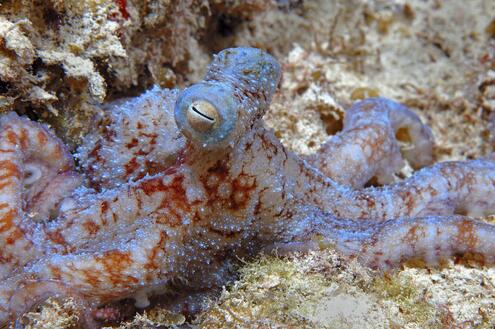
I traveled to Andros Island (The Bahamas) with other scientists to study life among the coral reefs . These reefs are in great danger, and the first step in saving them is understanding the extraordinary variety of species that live there.
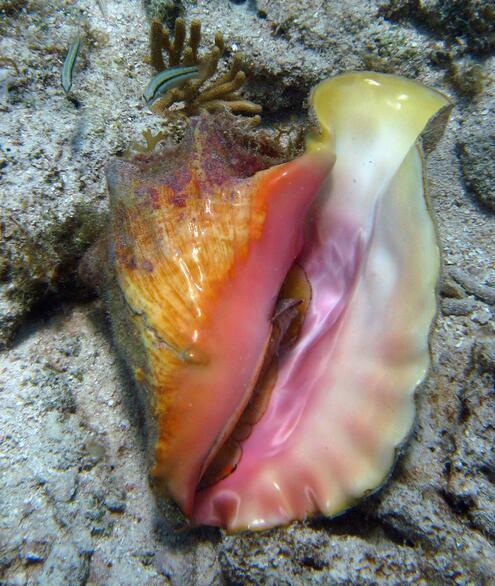
Our first goal is to count and identify all the animals on the reef. Mollusks are abundant in the ecosystem, especially in the rubble and seagrass that surround the living reef. For other organisms, however, we’re not finding healthy numbers at all. Why? Human activity, such as pollution and overfishing, has disrupted the reef’s ecosystem.
The reefs are important not only to the species that live there, but to the economy of the Bahamas. We’re hoping our research will help conservation efforts and enable us to work with local populations to protect this fragile ecosystem.


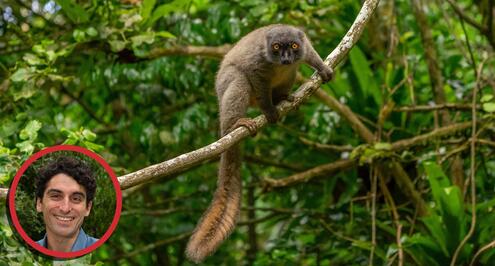
Hi, I’m Christopher Raxworthy , and I study reptiles. I do my fieldwork in Madagascar, a large tropical island with weird and wonderful wildlife.
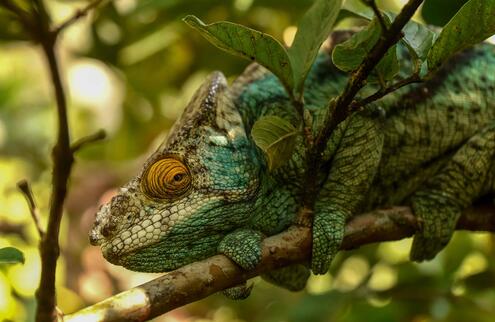
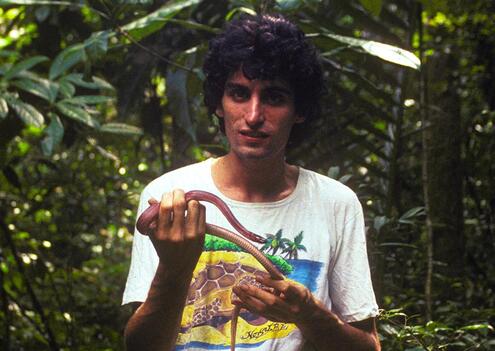
Madagascar has unique plants and animals found nowhere else on Earth , and new species are discovered all the time. By studying and collecting the island’s species, we hope to learn more about the evolution of life. But our first goal is to find and save these species before they’re lost forever.
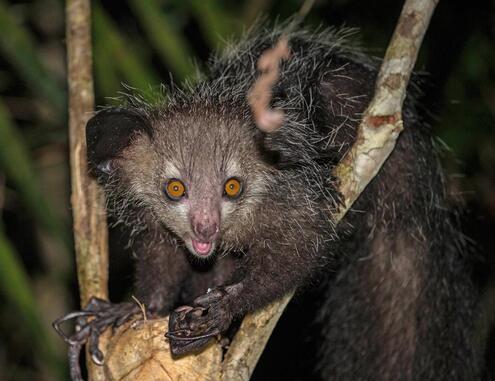
The endangered aye aye makes its home in the tropical forests of Madagascar.
The island’s forests are disappearing. Many of them have been destroyed for farmland and fuelwood. As they disappear, so do many of their species, like the giant (10-foot!) elephant bird, which is now extinct. Collecting information on Madagascar’s species helps us make a case for conservation, decide on which forests to focus our efforts on, and compare "healthy” populations to those in danger.

Our biggest challenge is to balance the importance of biodiversity with the needs of Madagascar’s people, many of whom use the forests’ resources to make a living. But I know that saving these species can save lives beyond Madagascar. A plant first found in Madagascar, called the rosy periwinkle helps people who are seriously ill.


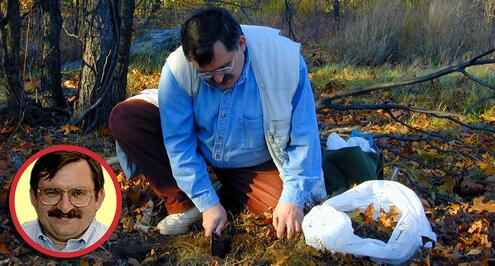
Hi, I’m Vladimir Ovtsharenko and I study and collect spiders in Australia. Australia is like an amusement park for scientists like me. There are thousands of species of spiders, including species we haven’t even discovered yet.
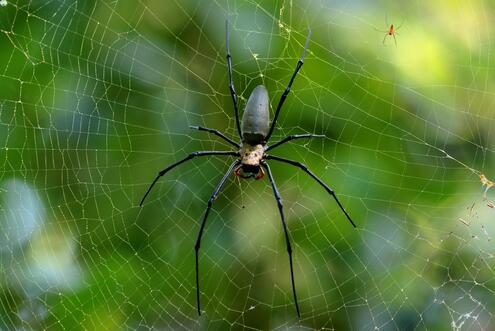
Why are there so many species? One reason for this unusual variety of spiders in Austrlia’s separation from other continents. For millions of years, plants and animals lived in isolation, so Australia has its own unique ecosystems with species unlike anywhere else on Earth . But some of Australia’s rare spiders are endangered. We need to gather information about each species quickly, before it becomes extinct and our chance to learn about and save that spider is lost forever.
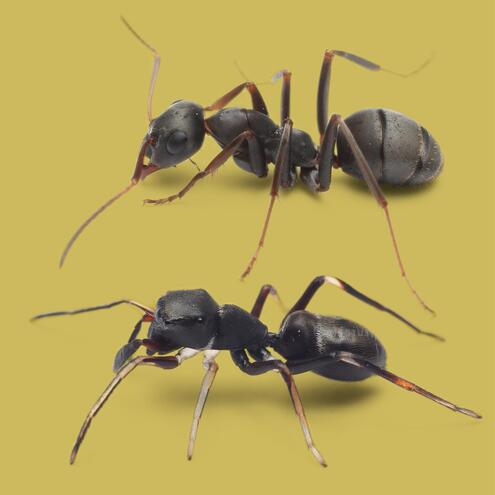
Mimic-ants are spiders that evolved to look like ants, keeping away ant-fearing predators! Can you guess which one is a spider?
Is losing a spider or two a big deal? Yes! Spiders are one of the major predators of insects, so there might be a huge increase in insect populations. Insects would devour trees, crops, and grasses.
By studying all the different species of spiders, we can learn what role they play in their ecosystems, how they can benefit our lives, and how we can protect them.
Image Credits:
Photos: Introductory page: rosy periwinkle: courtesy of James A. Manhart shell: courtesy of Steve Thurston, AMNH; Creatures of the Reefs: photos of Paula Mikkelsen and Dan Brumbaugh: courtesy of Discovery Channel Online shell photos: courtesy of Steve Thurston, AMNH; Magnificent Madagascar: Chris Raxworthy (top): AMNH Chris Raxworthy (middle): courtesy of Chris Raxworthy Mimic-ants: courtesy of Discovery Channel Online; Chasing Spiders Down Under: photos of Valdimir Ovtsharenko: courtesy of Discovery Channel Online; Illustrations: Creatures of the Reefs: Steve Thurston; Magnificent Madagascar, Chasing Spiders Down Under: Barrett Klein




 Biodiversity
Biodiversity
 Brain
Brain
 Genetics
Genetics
 Marine BiOLogy
Marine BiOLogy
 MicrobiOLogy
MicrobiOLogy
 PaleontOLogy
PaleontOLogy
 ZoOLogy
ZoOLogy
 AnthropOLogy
AnthropOLogy
 ArchaeOLogy
ArchaeOLogy
 Astronomy
Astronomy
 Climate Change
Climate Change
 Earth
Earth
 Physics
Physics
 Water
Water
